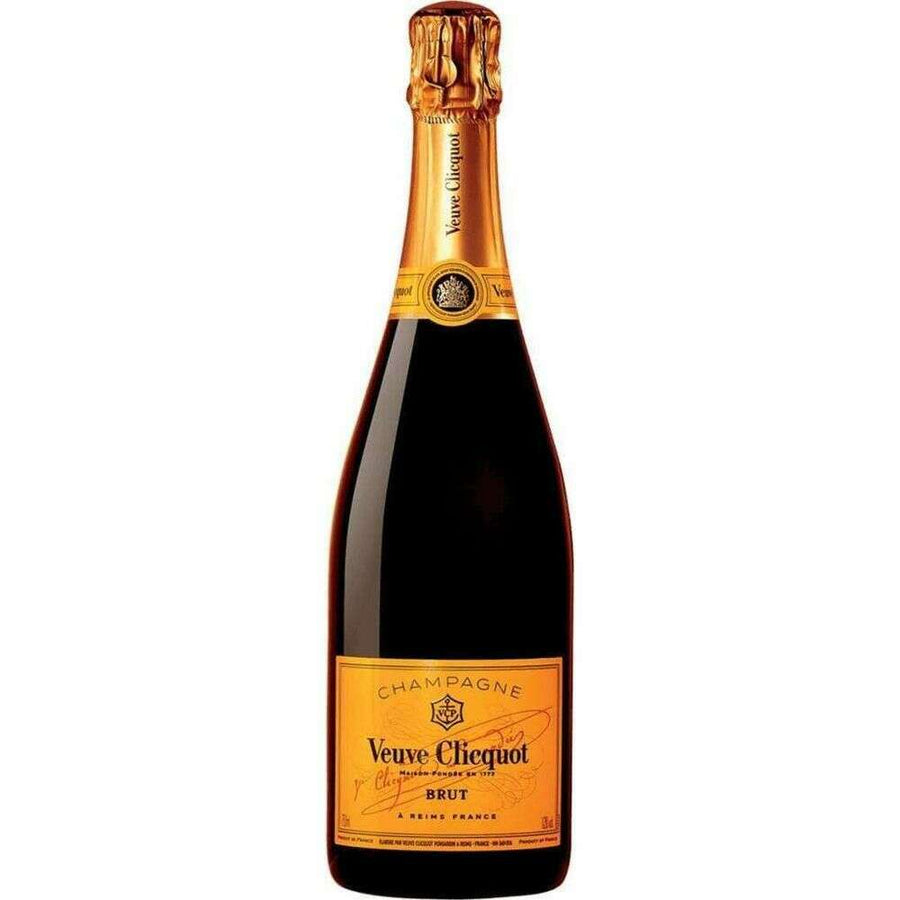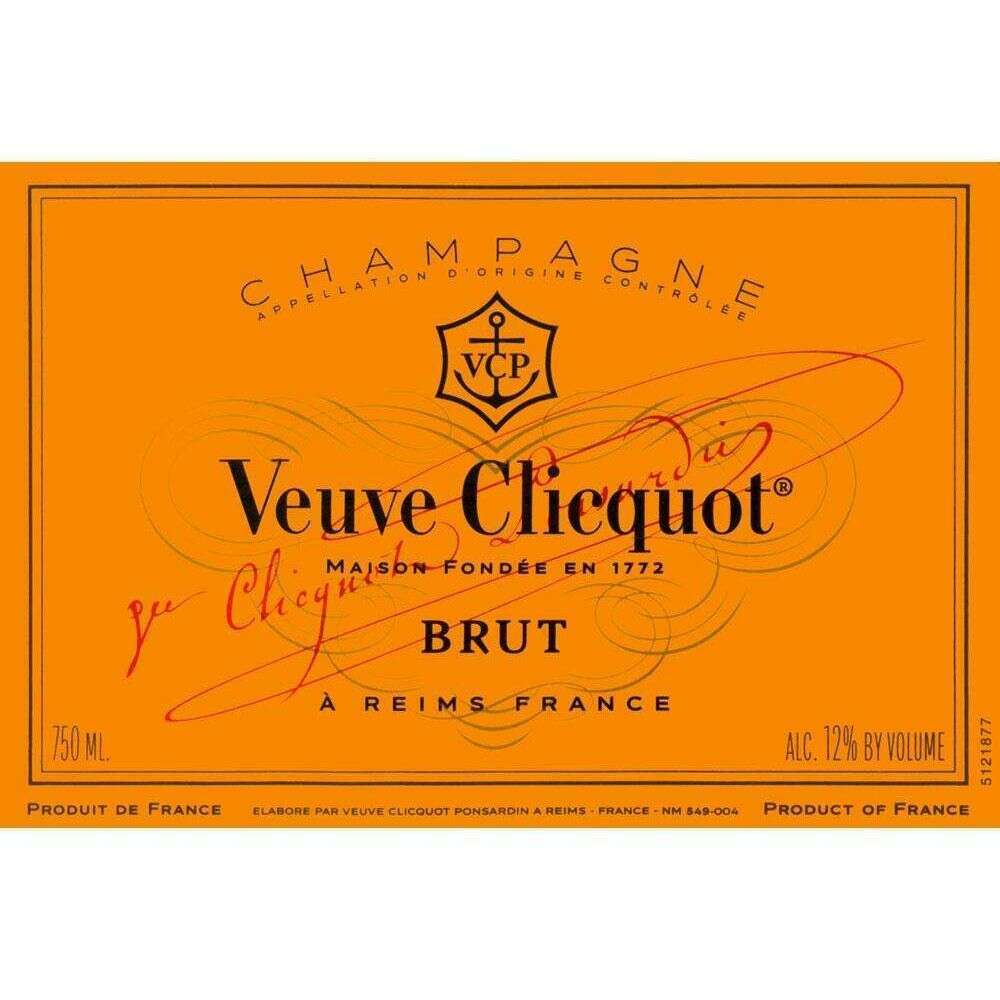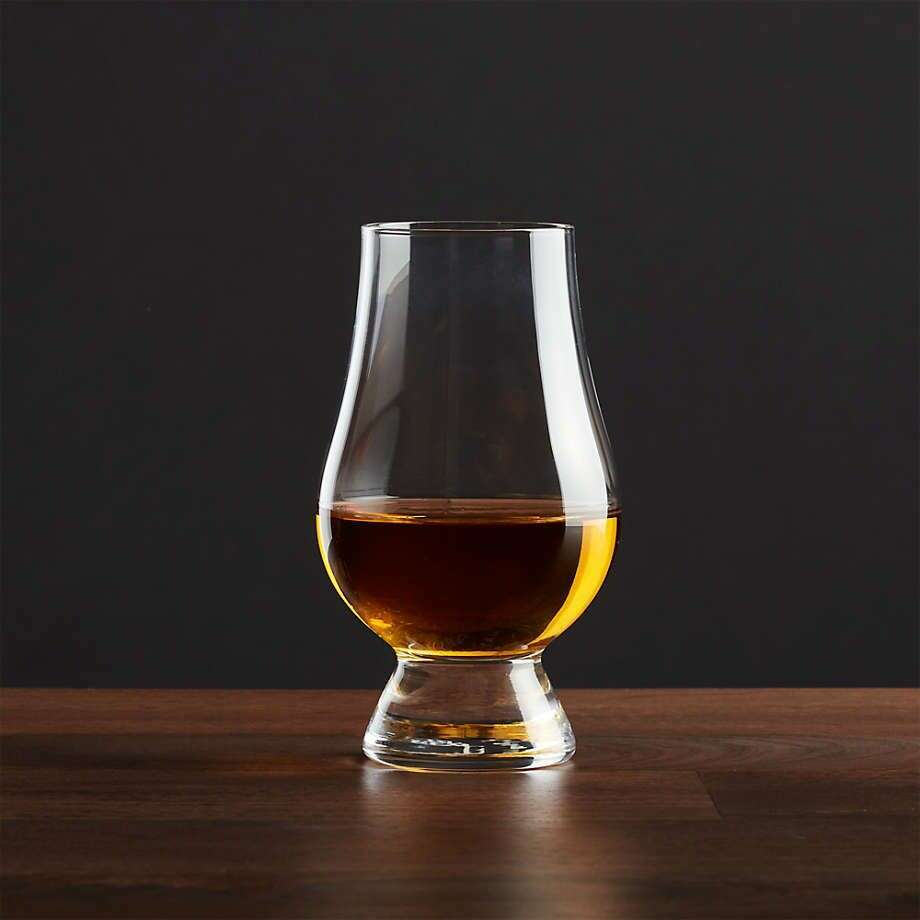A Guide to the 5 Types of Tequila
Exclusively made from Mexico's blue weber agave plant, Tequila as a spirit has exploded in popularity in recent years. While there are many types of tequila — Blanco, Joven, Reposado, Anejo, and Extra Anejo — enthusiasts say that one characteristic sets the beverage apart from the rest: its adaptability. Whether you choose a classic blanco like Casamigos for your Friday night margaritas with friends or the iconic Clase Azul Reposado to sip neat with the in-laws, tequila can never go wrong.
What is Tequila?

Tequila is a distilled spirit cultivated in Mexico from the native blue agave plant, grown primarily in a region called Jalisco and surrounding terrain in Guanajuato, Nayarit, and Michoacán. Because it's distilled from the agave plant, all types of tequila are variants of the Mexican spirit, mezcal. Tequila is first thought to be created in the 17th century when, in search for an alternative to their drying supply of brandy, Spanish conquistadors stumbled upon the agave plant. Differentiated by its sweet aroma when burned, the Spanish begun the distillation process with agave as their new principal ingredient. All types of tequila are made from the agave plant to this day, but the topography of where it's grown, along with the climate, can influence flavors in the spirit. If we look into Jalisco, where most production takes place, the region is virtually divided into two sections: the lowlands and the highlands. As the name suggests, the highlands feature agave that are grown at a higher elevation that creates fruit-forward tequila perfect for summer — filled with floral and soft flavors. On the other hand, the lowlands are comprised of more volcanic soil, such that when the agave is distilled, the resulting tequila is more earthy and inclusive of warm spice notes.
Now that we know about the origins of tequila and its production process, let's explore the types of tequila and how they're each unique.
5 Types of Tequila:
1.) Blanco (also known as Platino or Silver) Tequila

Blanco tequila is the type of tequila that is not aged and typically bottled either immediately after distillation or within 60 days thereof. It's considered to be tequila in its purest form, with plentiful fresh notes of agave and an overall clean mouthfeel. Blanco tequila is most commonly used in margaritas, where it serves as a light enhancer and compliment to the many other flavors involved. A tip for the average consumer is to look for blanco tequilas that say "made from 100% blue weber agave" to get a pure blanco that doesn't include other additives to mitigate the chance of a hangover. You'll spot this one on the shelf by its clear color.
2.) Joven Tequila

In Spanish, the word "joven" means young and is an apt name for this type of tequila. Joven tequila is traditional blanco tequila blended with a small amount of aged tequila. The result is a beautiful, crisp spirit that features the light, playfulness of a blanco, with subtle hues of a more refined reposado or añejo tequila. When bottled, joven tequila has a light tan color and a flavor profile leaning heavier toward the fruit end, but still maintaining notes of vanilla and dark spices. In Mexico, joven tequila is best known for being the go-to type of tequila to add to a traditional drink called the mexican mule.
3.) Reposado Tequila

Reposado tequila is a blanco tequila that is aged in American or European Oak Barrels for a minimum of 60 days and a maximum of 1 year. Due to the aging period, reposado tequila takes on flavor and color from their oak barrels, resulting in a darker amber color and a notes of vanilla, cinnamon, and rye spice on the palate. Reposado tequila can be be a great substitute for bourbon is an American old fashioned cocktail or can even be used to make a flavor-packed margarita. Of course, it's not uncommon to sip on a reposado tequila neat given its age statement. In fact, one of the top global sipping tequilas, Clase Azul, is most popular in its reposado expression.
4.) Añejo Tequila

Starting with the agave-based blanco, añejo tequila comes to fruition when it is aged from between one and three years in American or European Oak Barrels. Staying true to its name, "añejo" in Spanish means "old" tequila. The additional time in the barrel contributes to the tequila in similar ways to the reposado — it takes on a deeper, more complex flavor profile and a darker complexion. In Mexico, older tequilas are synonymous with sipping, meaning that an añejo would rarely be mixed into a cocktail, and instead, sipped neat. The mouthfeel of an añejo tequila is vastly different than that of a blanco, offering a more palpable, and even oily texture with a long finish. In recent years, well-known tequila producers like Avion and Maestro Dobel have come out with a cristalino añejo tequila. A cristalino takes an añejo tequila and filters it through charcoal to remove any of the color the tequila would have picked up in its oak barrels and refine the spirit further.
5.) Extra Añejo Tequila

Extra añejo tequila, also referred to as ultra-premium tequila, is the most luxurious type of añejo on the market, signified by an age statement of 3 years or more. It is also the newest type of tequila, having first hit shelves in 2006 and since rapidly grown in popularity, especially in the American market. The extensive aging in oak barrels forms a tequila that is simply remarkable, in every dimension of the word. The nose and palate pick up aged whiskey-like notes including rye spice, vanilla, caramel, cinnamon, and dark fruit. While this goes without saying, extra añejo tequila is best served neat or on the rocks.
Final Comments:
Well, the world of tequila runs deep, doesn't it! All jokes aside, tequila is the fastest growing alcohol category in the United States and thought to take over vodka as the nation's most popular drink in the coming years. In other words, there will be in influx of tequila brands that begin to line the shelves of your local bottle shop, meaning that it's more important than ever to be informed about what each type of tequila more broadly signifies. With that said, there is no cookie cutter template to enjoy tequila. Grab the bottle that appeals to you and server it in accordance with your personal preferences. If you are in the mood for margaritas or other DIY cocktails, choose a blanco or affordable reposado tequila and blend away. When the date night or party with friends turns into a more formal gathering, an añejo or extra añejo tequila is your best friend: served neat to give everyone's palate the adventure of a lifetime.




